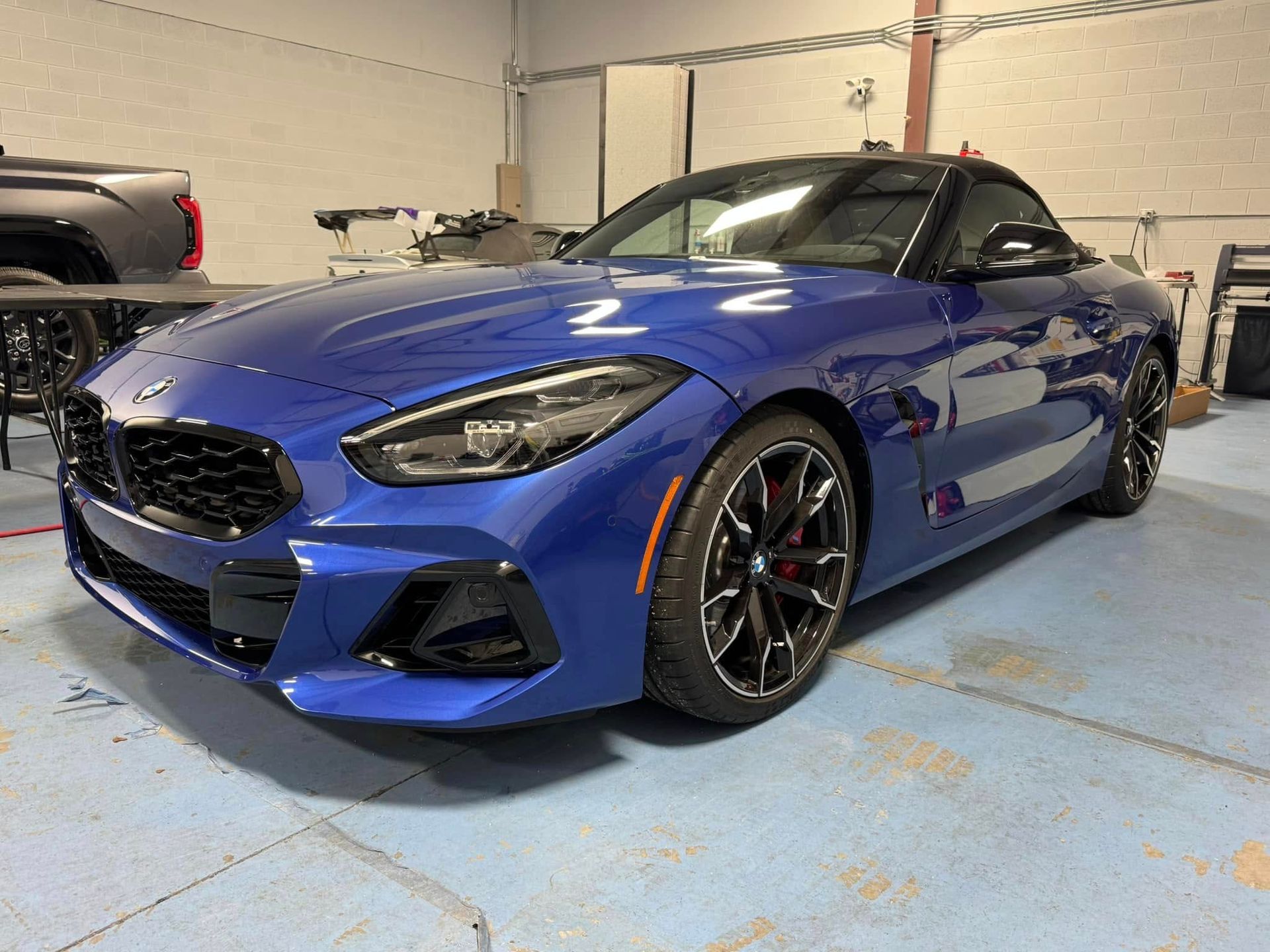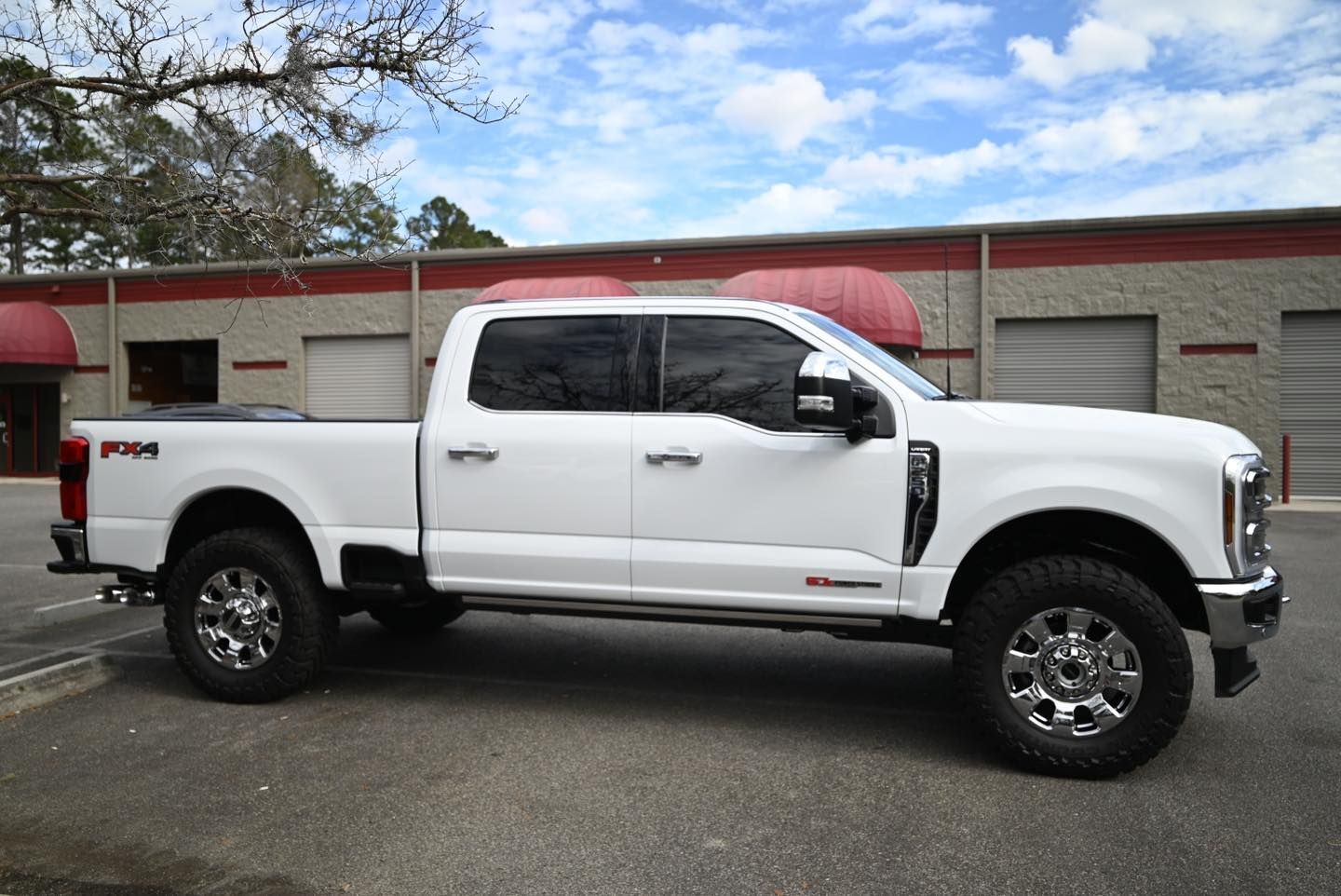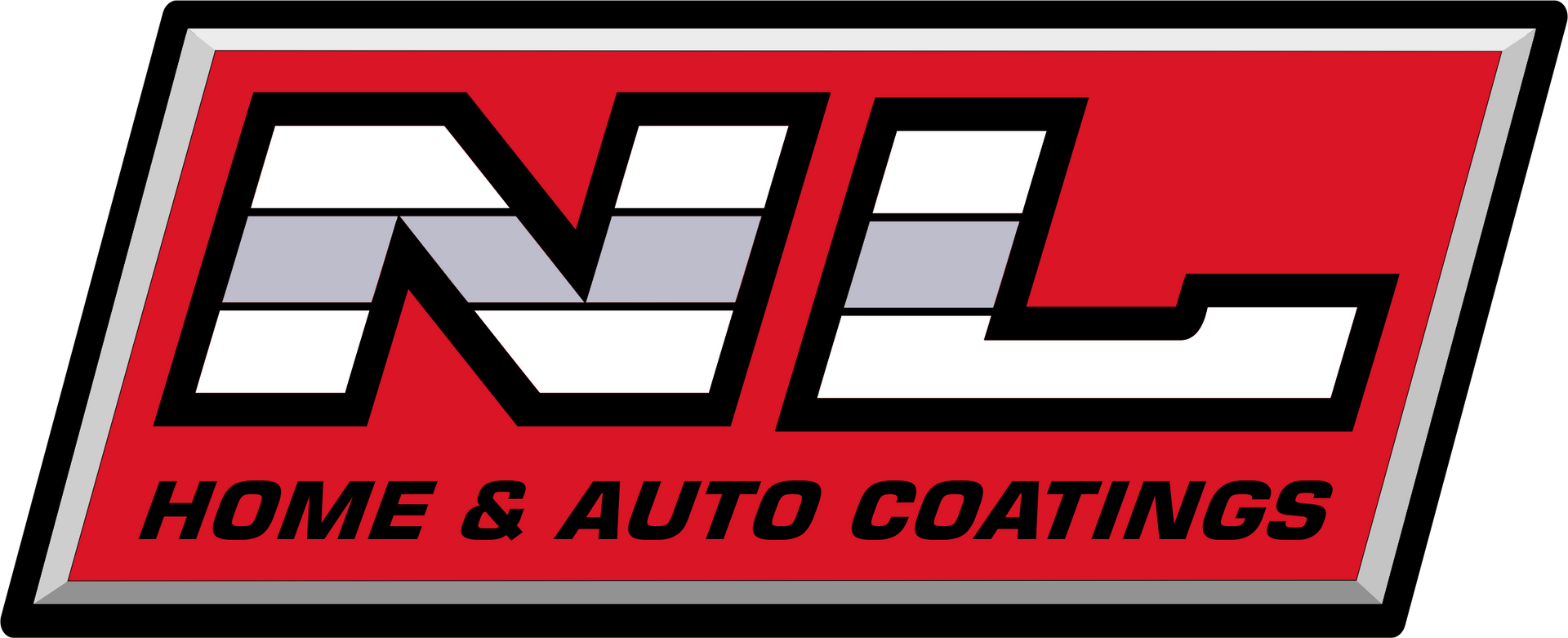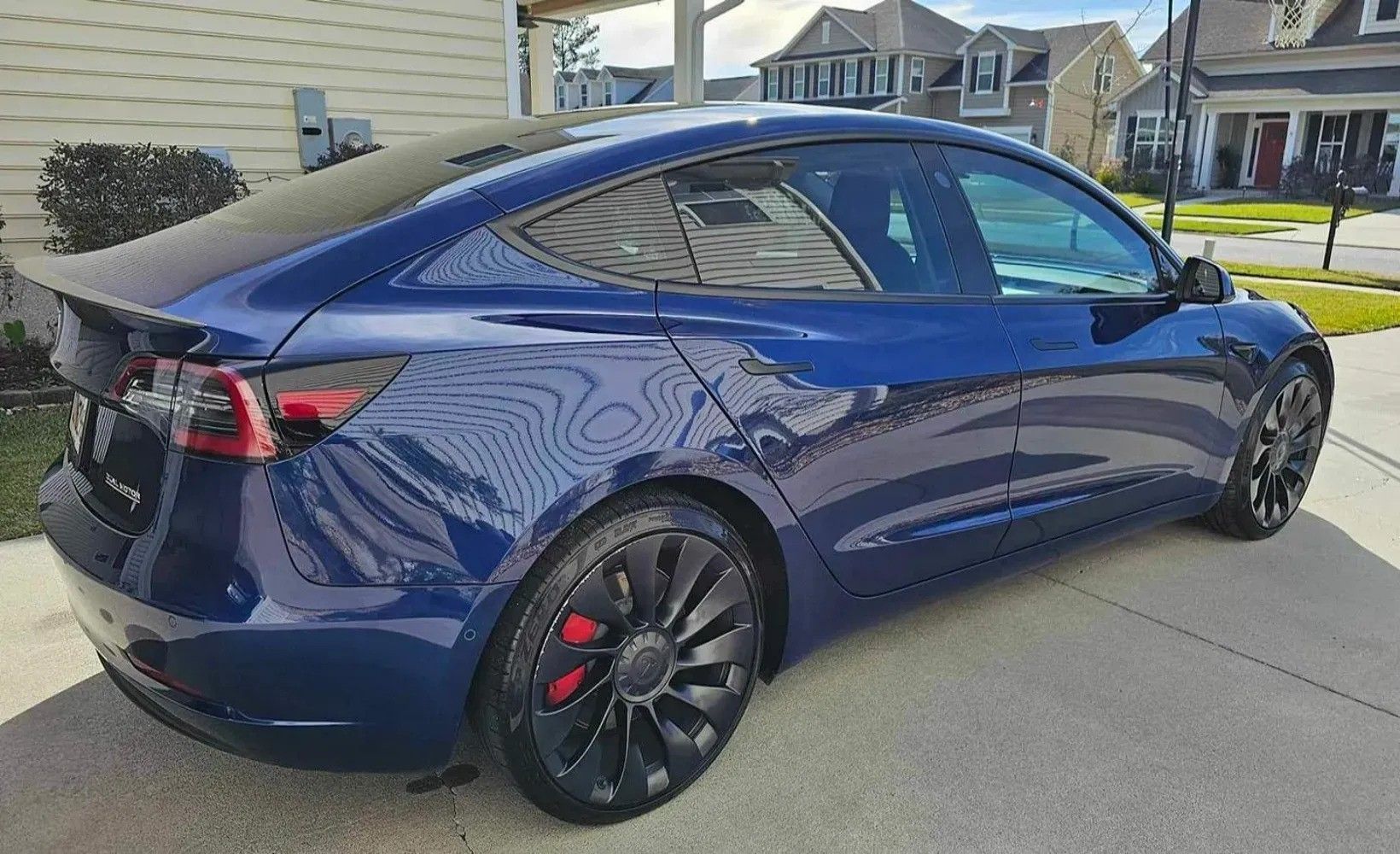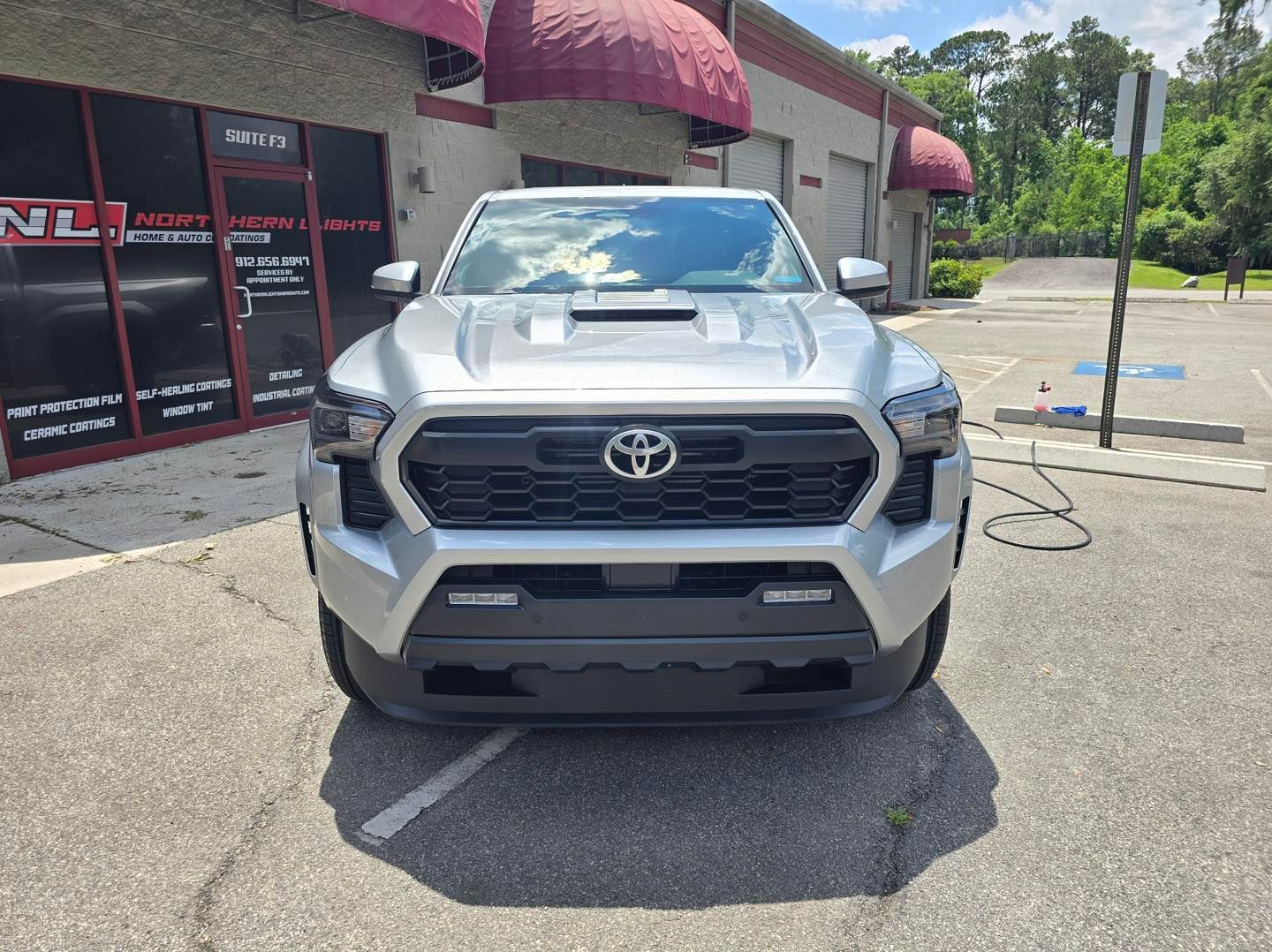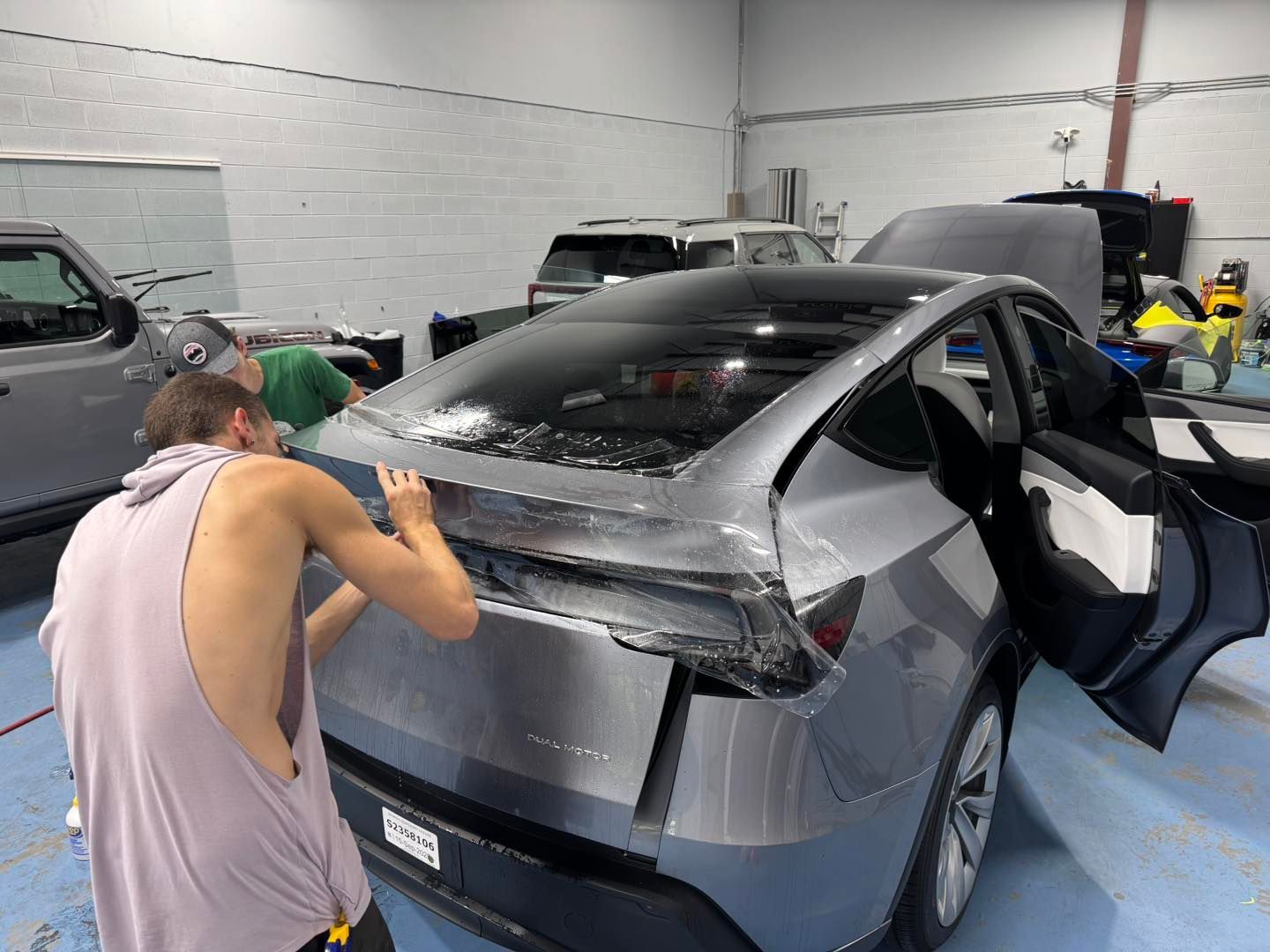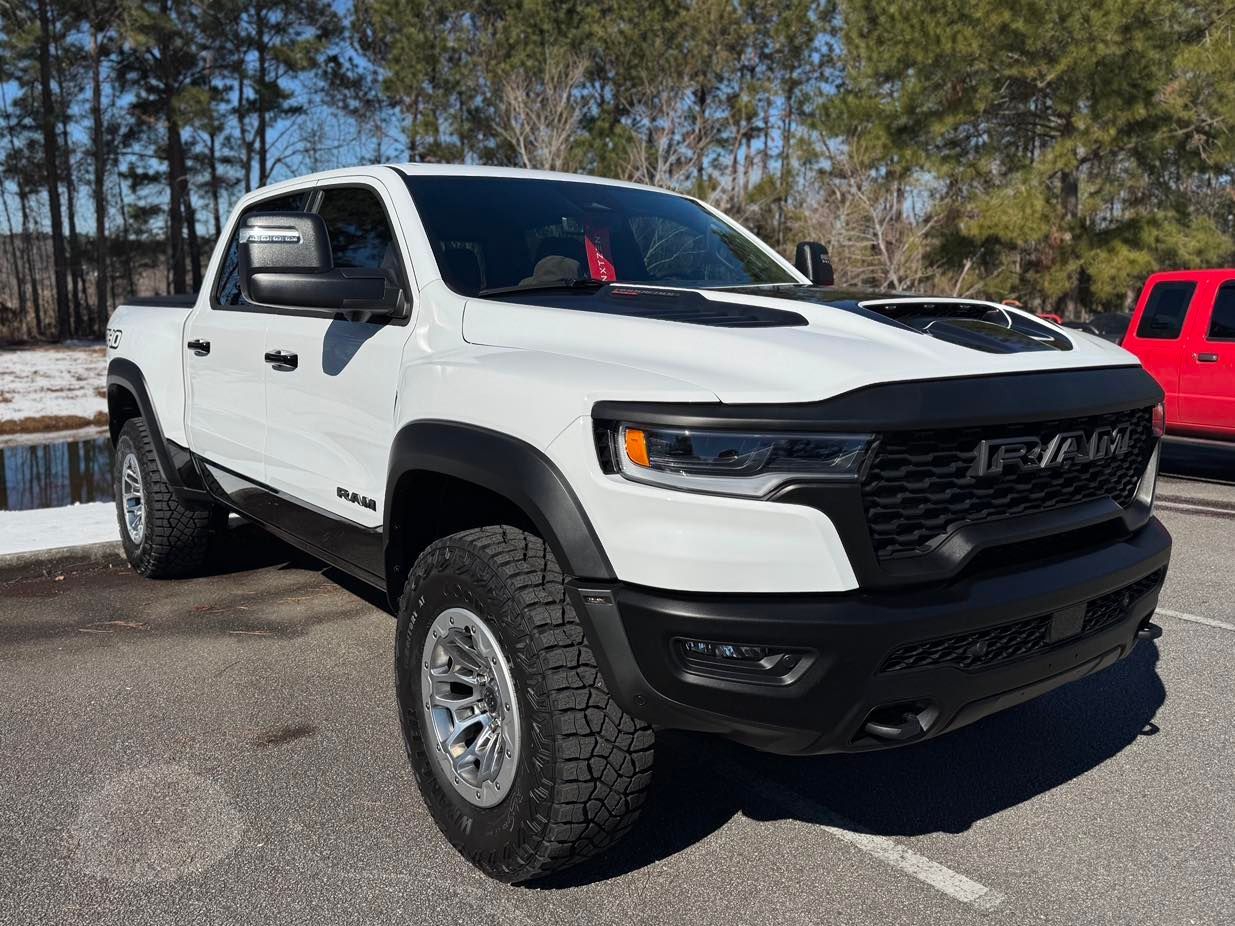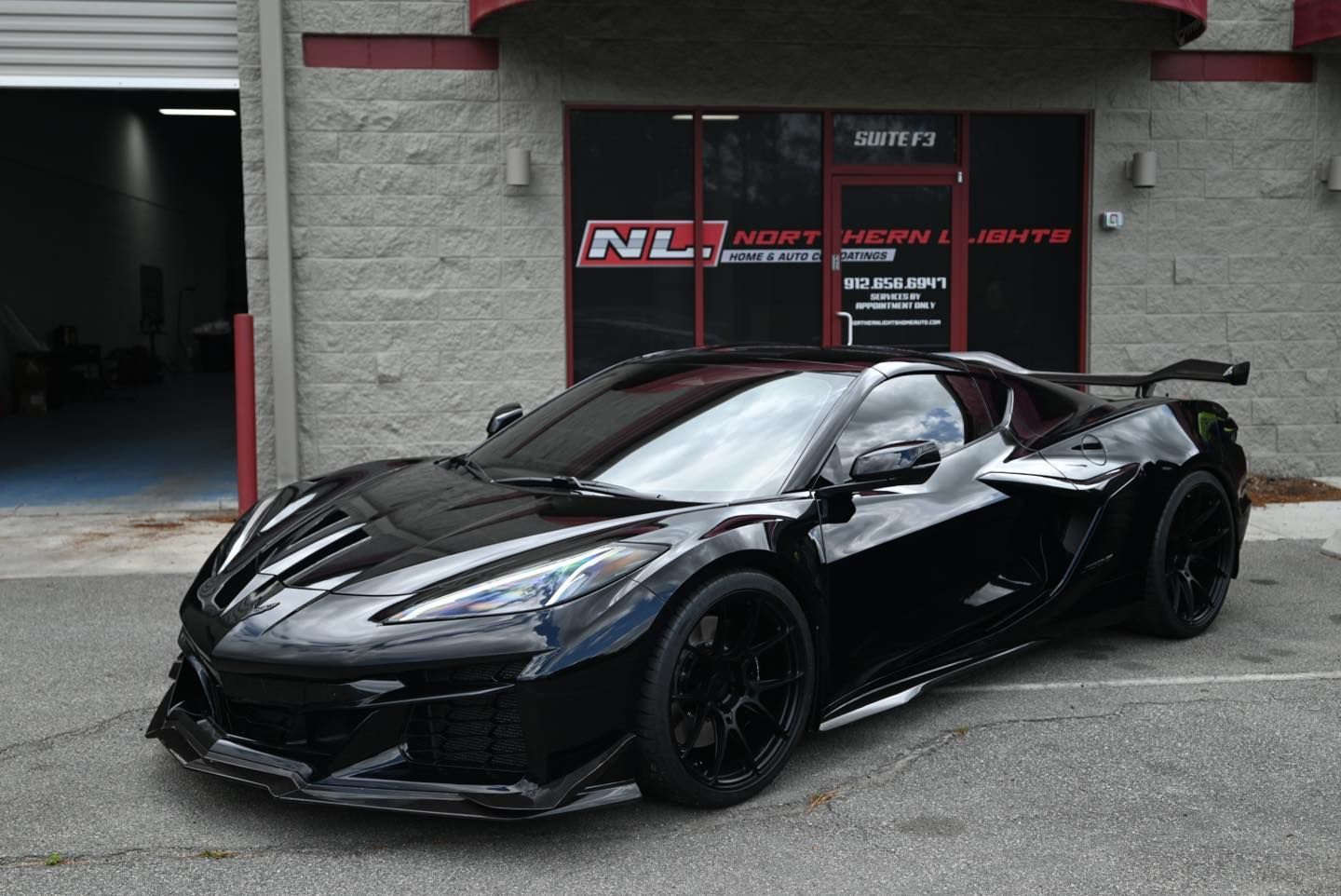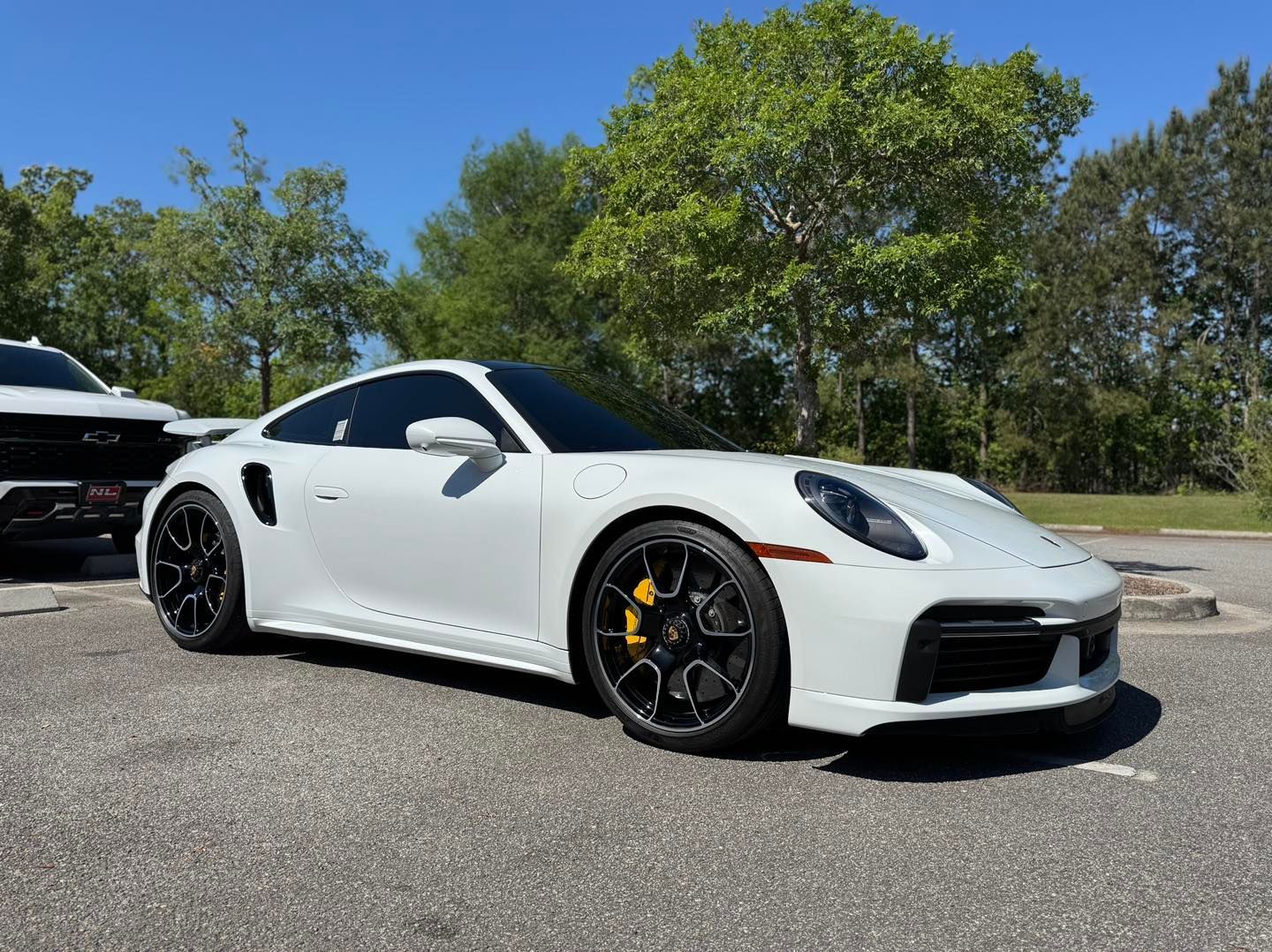Professional Steps for Car Detailing: What You Need to Know
Car detailing is an in-depth cleaning and restoration process that goes beyond a simple car wash. It involves careful attention to both the exterior and interior of the vehicle, using specialized techniques and products to bring out the best possible appearance. Unlike a quick wash that only removes surface dirt, professional detailing enhances a car’s shine, corrects imperfections, and applies protective coatings to keep the vehicle looking pristine for an extended period.
Understanding the detailed steps involved in this process can help car owners appreciate the value of professional detailing. Whether the goal is to preserve a car’s paint, extend its lifespan, or maintain a fresh interior, following a structured detailing process ensures the best results.
Assessing the Vehicle: The First Step in Professional Detailing
Before any work begins, a professional detailer will thoroughly inspect the vehicle. This assessment helps determine the right approach for cleaning, correcting, and protecting the car’s surfaces. Identifying problem areas beforehand ensures that every part of the vehicle gets the attention it needs.
Examining the Exterior for Contaminants and Defects
The exterior is often subjected to dirt, grime, and environmental contaminants that can cling to the paint over time. During the assessment, the detailer checks for scratches, swirl marks, oxidation, water spots, and embedded particles that affect the paint’s clarity. The condition of the wheels, trim, and glass is also reviewed to determine the level of detail required.
A pre-wash rinse is often used to remove loose dirt before deeper cleaning begins. Some professionals apply a foam bath to loosen stubborn debris, minimizing the risk of scratches during the wash.
Inspecting the Interior for Dirt, Stains, and Wear
A car’s interior can accumulate dust, stains, and odors that make the cabin look and feel worn out. Detailing professionals inspect carpets, seats, dashboards, and upholstery to determine the necessary treatments. Leather seats may require conditioning, while fabric upholstery might need deep cleaning. Identifying problem areas early ensures that the right techniques and products are used for effective restoration.
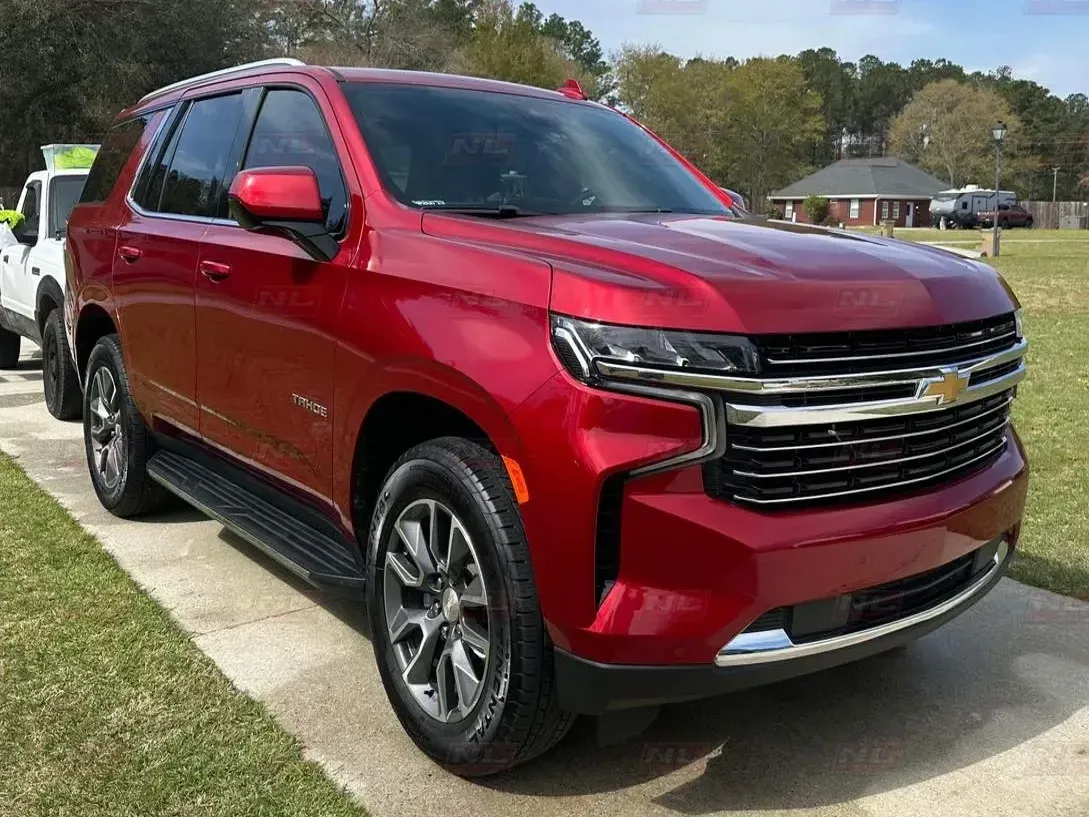
Exterior Detailing: Cleaning and Restoring the Vehicle’s Shine
Proper exterior detailing restores a car’s original shine and protects it from future damage. This stage involves a multi-step process that includes washing, decontamination, paint correction, and protective coatings.
Hand Wash and Paint Decontamination
Unlike automatic car washes that may cause scratches, professional detailing uses hand washing techniques to ensure a thorough and safe cleaning process. Detailers use high-quality, pH-balanced shampoos and soft microfiber mitts to lift dirt without harming the clear coat.
After washing, a clay bar treatment is applied to remove embedded contaminants such as tar, tree sap, and industrial fallout. This process smooths the surface, preparing the paint for polishing and protection. Without proper decontamination, these contaminants can degrade the paint over time, leading to oxidation and dullness.
Paint Correction for a Flawless Finish
Over time, paint imperfections such as swirl marks, fine scratches, and oxidation can make a car’s exterior look dull. Paint correction involves machine polishing techniques that restore depth and clarity to the paint.
Single-Stage vs. Multi-Stage Paint Correction
A single-stage correction is used to remove minor imperfections and enhance gloss, while a multi-stage correction addresses deeper scratches, severe oxidation, and more noticeable swirl marks. The goal is to create a smooth, mirror-like finish that enhances the car’s appearance.
This process requires experience and precision, as improper polishing can damage the clear coat. A professional detailer ensures that only the right level of correction is applied without compromising the integrity of the paint.
Protecting the Paint: Paint Protection Film and Ceramic Coating
Maintaining a vehicle’s paint requires more than just regular washing and waxing. Over time, exposure to UV rays, road debris, bird droppings, and harsh weather conditions can cause fading, scratches, and deterioration. Professional-grade Paint Protection Film (PPF) and Ceramic Coating offer long-term solutions to safeguard the paint and keep the car looking pristine. These advanced protection methods enhance a car's appearance and provide a durable shield against damage.
Paint Protection Film (PPF) for Ultimate Defense
PPF is a transparent, self-healing film applied over the paint to protect it from rock chips, scratches, and environmental contaminants. This thermoplastic urethane film acts as a sacrificial layer, absorbing impacts and preventing damage to the factory paint.
Unlike traditional waxes or sealants, PPF offers superior protection by acting as a physical barrier. It is particularly beneficial for areas prone to damage, such as the front bumper, hood, fenders, side mirrors, and door edges. With its self-healing properties, minor scratches and swirl marks disappear when exposed to heat, keeping the surface smooth and flawless.
High-quality PPF is designed to be virtually invisible, ensuring that it maintains the original look of the vehicle while offering maximum protection. Whether applied as a full-body wrap or on high-impact areas, this protective film helps maintain the car’s value by preserving its paint in factory condition.
Ceramic Coating for a Glossy, Hydrophobic Finish
Ceramic Coating is a liquid polymer that bonds chemically with the vehicle’s paint, creating a durable and hydrophobic layer. Unlike PPF, which acts as a physical barrier, ceramic coatings enhance gloss, repel contaminants, and prevent oxidation. The hydrophobic properties make it easier to clean the vehicle, as water, dirt, and grime slide off the surface rather than sticking to it.
This protective coating resists UV rays, harsh chemicals, and stains, preventing paint fading and discoloration over time. Unlike wax, which wears off after a few months, ceramic coatings can last several years with proper maintenance.
Ceramic Coating is often applied in combination with PPF for enhanced protection and aesthetics. While PPF absorbs physical impacts, the ceramic coating adds an extra layer of defense by making the surface slick and easier to maintain.
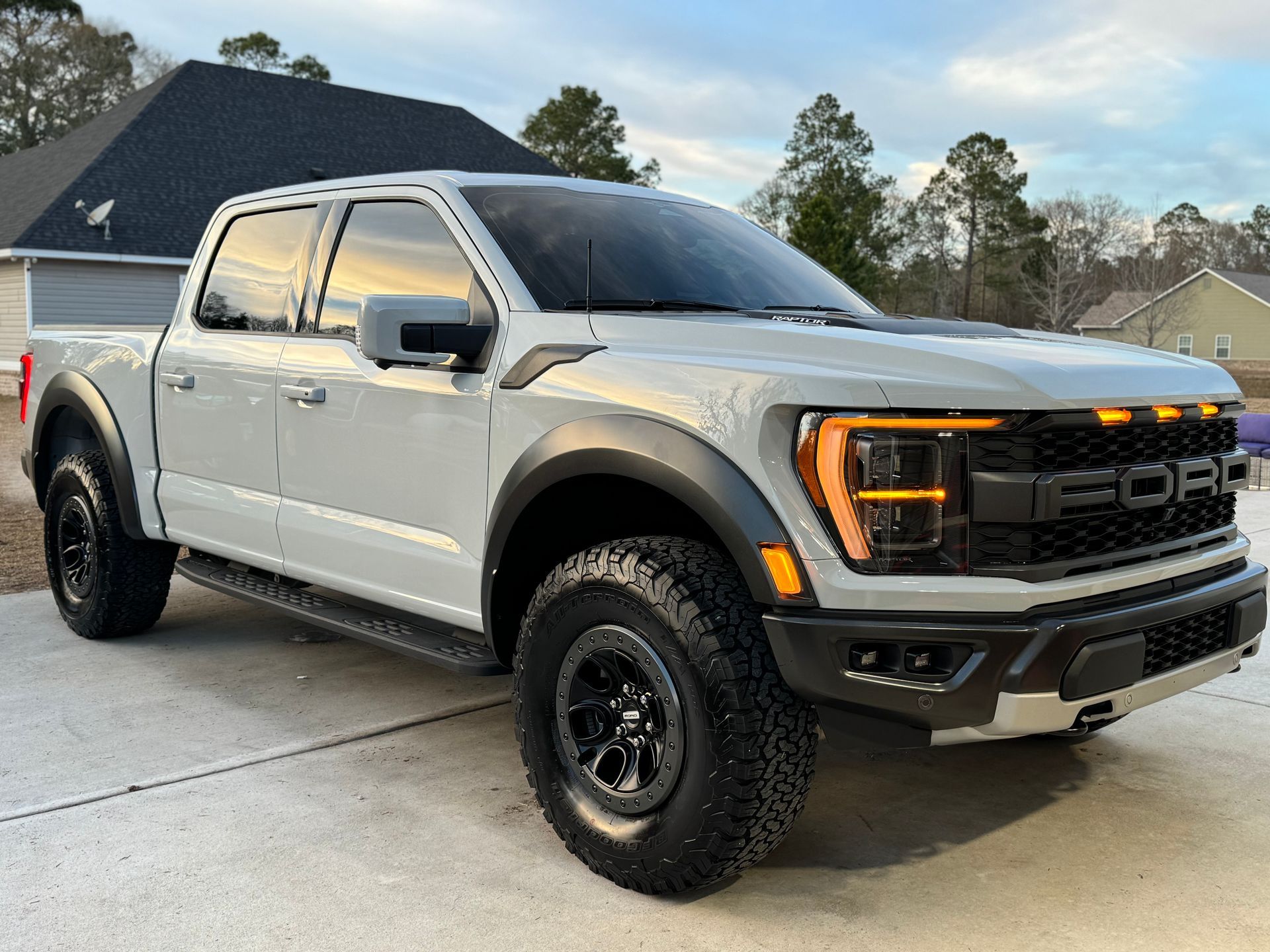
Wheel and Tire Care: Enhancing the Lower Sections of the Car
The wheels and tires accumulate significant dirt, brake dust, and road grime, making them an essential part of the detailing process.
Deep Cleaning for Wheels
Brake dust buildup can corrode wheel surfaces over time, so professional detailing involves deep-cleaning the wheels using non-acidic cleaners that remove contaminants without causing damage. Cleaning the wheels regularly helps maintain their shine and prevents long-term deterioration.
Tire Conditioning for a Sleek Finish
Tires are treated with specialized conditioners that enhance their deep black appearance and protect against cracking caused by exposure to sunlight and road elements. This final step improves aesthetics and extends the life of the tires.
Interior Detailing: Restoring Comfort and Cleanliness
A well-maintained interior enhances the driving experience and improves overall hygiene. Deep cleaning ensures that dust, allergens, and stains are effectively removed.
Vacuuming and Steam Cleaning
The detailing process begins with a thorough vacuuming to remove dust, dirt, and debris from carpets, seats, and floor mats. For deep-seated stains, steam cleaning is used to sanitize the fabric, lifting grime and eliminating bacteria.
Leather and Upholstery Conditioning
Leather seats require regular conditioning to prevent cracking and fading. Fabric upholstery is treated with specialized stain removers and protectants to restore its original look and feel.
Dashboard and Trim Detailing
Interior plastics, vinyl, and trim pieces are cleaned and treated with UV-resistant protectants to prevent fading and cracking. The process ensures a long-lasting, polished appearance that keeps the interior looking fresh.
Odor Elimination for a Fresh Cabin
Detailing professionals use ozone treatment or deodorizing sprays to remove lingering odors caused by smoke, pets, or food spills. This process refreshes the cabin, making the car more enjoyable to drive.
Final Inspection and Quality Control
Once detailing is complete, a final inspection ensures that every area meets the highest standards. Any missed spots or imperfections are corrected, and last-minute touch-ups are applied.
Detailers perform a last wipe-down of all surfaces, ensuring the vehicle is returned to the owner in flawless condition. The goal is to achieve a showroom-quality finish that showcases the detailer’s expertise and attention to detail.
Why Professional Detailing Is Essential for Your Car
Investing in professional detailing goes beyond aesthetics—it protects your car from long-term damage, enhances resale value, and reduces maintenance efforts. Regular detailing prevents paint degradation, interior wear, and accumulation of harmful contaminants.
With the application of ceramic coatings or paint protection film, a car remains easier to clean and better protected against environmental elements. Whether the goal is long-term maintenance or resale preparation, professional detailing provides significant benefits that keep a vehicle looking its best.
Maintain Your Vehicle’s Beauty with Professional Detailing
Understanding the professional steps involved in car detailing highlights why it’s more than just a simple wash. Each stage, from paint decontamination and correction to interior restoration and protective coatings, plays a critical role in maintaining a vehicle’s appearance, value, and longevity.
For those who want to preserve their car’s beauty and protection, scheduling a professional detailing service is a smart investment. Expert care, high-quality products, and advanced techniques can keep your car looking like new for years to come.
For more information on how we can help you achieve that showroom shine, contact us today!
